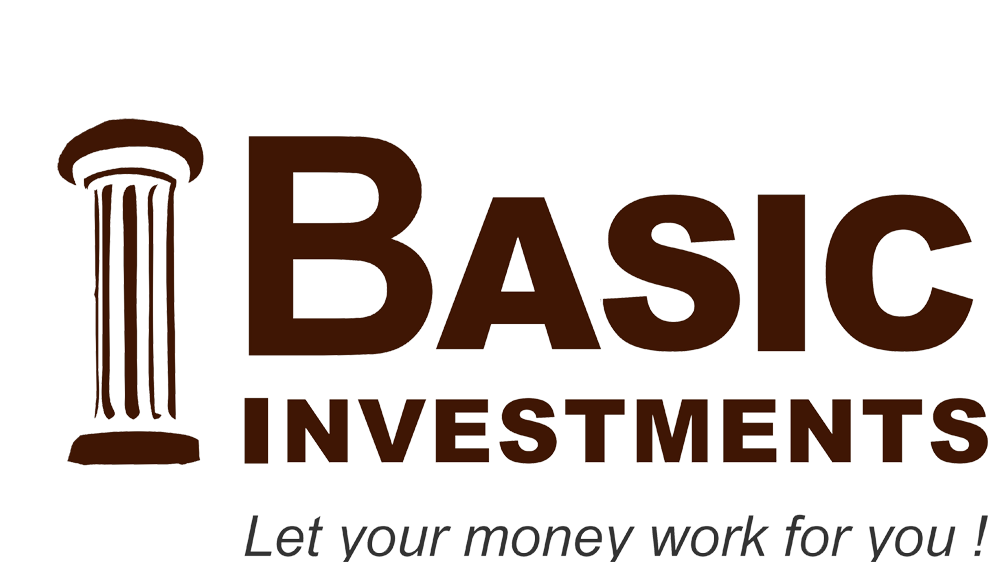CHILD's EDUCATION PLANNING

The greatest gift that a parent can give the child is good and quality education, lt is one of the toughest goals to plan for due to the competitive environment and high costs involved. The process for planning of child's education can be broken into 5 simple steps, as follows:
1. DETERMINING THE TARGET DATE:
The average age when a child is ready to pursue higher education is 21 or 22 years. lf your child is 5 years old today, then the target year is 16 years away. Similarly, if you are unmarried or married but yet to have kids, you can make an estimate on when you plan to have a child and add 21 years to that. For example, if a newly married couple plans to have a child after 2 years, then the target year for the child's higher education is 23 years away.
2. ESTIMATING THE COST OF EDUCATION TODAY:
As parents, we want to provide the best education to our children, whether it is engireering, medicine, business management or IT. While all these courses have varying fee structures depending on type of institute, location of institute (local or international) etc., let us take a ball park number of {10 lacs as today's cost.}
3. CALCULATING THE COST OF EDUCATION ON TARGET DATE:
Cost of goods and services increase over time thanks to inflation which eats into our purchasing power. This is true for education also. ln India, cost of higher education has been increasing at approx. 10% p.a. An MBA degree in a non-metro location which costed {rs 1.60 lacs in 2001 is today available at not less than {5 lacs. Therefore, to take the above example forward, the education cost on the target date will be as follows:
Cost of education after 23 years = Cost of education today x (1+lnflation rate) ^ No. of years to target date
= rs {10 lacs x ((1 + l0%) ^ 23)
= rs 89.54 lacs
4. ESTIMATIING RETURN ON YOUR INVESTMENT PORTFOLIO :

Return is a function of the risk we are willing to take on our portfolio. An all equity portfolio has the potential to generate significantly higher returns compared to a portfolio comprising of fixed income securities. Whether a portfolio should comprise of equities or bonds or a combination of the two is a function of the risk taking ability and appetite of the investor. An investor who is comfortable with risk can look at equities but a conservative investor will have to restrict himself to fixed income. Over the last 20 years, the BSE Sensex has given a return 12% p.a. CAGR while bank deposits have given returns of 7.5% p a. CAGR.
5. SELECTION OF CHILD'S COLLEGE
As mentioned in the previous article. as parents we aspire to provide the best education to our children. However, this best education may come at a cost which may not be justifiable. While shortlisting the colleges for higher education, we need to inquire for scholarship and financial aid options being offered. A lot of colleges offer scholarships to deserving students or students who score high marks in their exams. Secondly, many high profile colleges are located in large cities where the cost of living may blow a big blow in your overall education plan. This may result in you taking an education loan for the child or the child taking up a part time job to part fund his education expenses. It is important to take Decisions with your head rather than Your heart.

